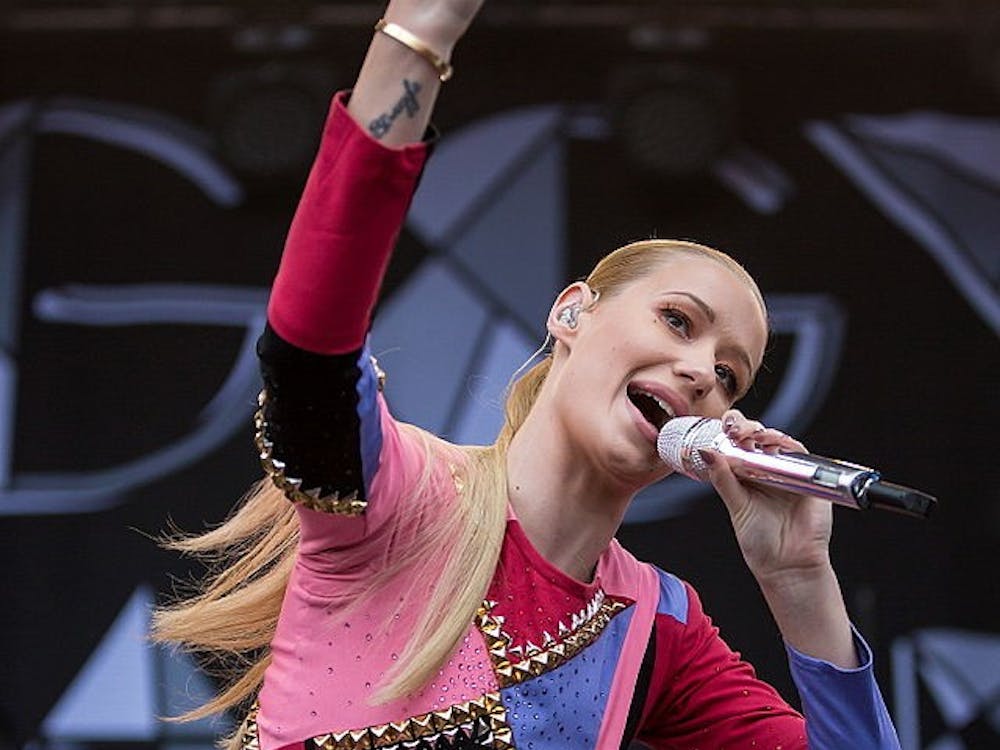Music sampling is becoming more and more common in today’s hip-hop market. Samples are coming from all genres — classical, rock ‘n’ roll, jazz, and funk — and are serving as a foundation for new and improved chart toppers. These sampled beats, some coming from old hits, others from undiscovered treasures, have been featured by artists including Notorious B.I.G., Jay Z, Tupac and many, many more.
Sampling started in the ‘70s when disc jockeys began to loop one portion of the same song over and over again in an effort to keep the crowd interested in the beat. From that came mixing the rhythms of one song with the lyrics of another using two turntables and a high-quality mixer. In the 1980s, digital samplers were released, giving studio producers the ability to record analog sounds to make background beats. The practice of sampling was, however, accompanied by legal and ethical questions, concerns and lawsuits. Copyright law protected a composer’s work in its entirety, but did it protect a single verse, measure or beat from being duplicated?
Vanilla Ice didn’t think so when he recorded over David Bowie’s and Queen’s “Under Pressure” to produce his No. 1 hit “Ice Ice Baby” until they threatened to sue. Vanilla Ice settled with Bowie and Queen and paid royalties to avoid further complications. M.C. Hammer rightfully awarded songwriting credit (and cash) to Rick James for sampling his “Superfreak” in “U Can’t Touch This.” Dare we say that this is one time M.C. Hammer chose to be smart with his riches? In 2004, DJ Danger Mouse released The Grey Album – a compilation of beats from The Beatles’ White Album sampled with lyrics from Jay Z’s The Black Album. And I can’t leave out Girl Talk, who has sampled more than a dozen different tracks in a single song to create “new” party mash-ups.
The line has become rather thin on this issue of sampling legality. The Beasties Boys, Ludacris and Kanye West have all gone to court for using previously recorded music; however, despite copyright laws, all three groups walked away free of charges and with the legal authority to sample the plaintiff’s music. As an effect of such controversy, sample clearance services have given birth to a new sector in the music industry. They serve as a replacement for entertainment lawyers in obtaining the right to a song’s master and publishing clearances. They help artists avoid time in court, royalty fines and lawyer fees. My guess is that we could use all the lawyers, services and legal clauses in the world, and we’d still never get rid of sampling. And why should we?
Often, it allows unheard-of or forgotten songs to gain a more appreciated status among fans. Moreover, it creates ties between unrelated music genres. It is a great thing when hip hop fans can enjoy “Carmina Burana,” a classical masterpiece, in listening to “Hate Me Now” or even O-Zone’s “Dragostea Din Tei” (think fat guy on YouTube) in Rihanna’s “Living My Life.”
Sampling provides a new twist on an old flavor. Using old tracks in new ways, artists and producers have developed a fascinating new way to create modern and unique hip-hop classics.






